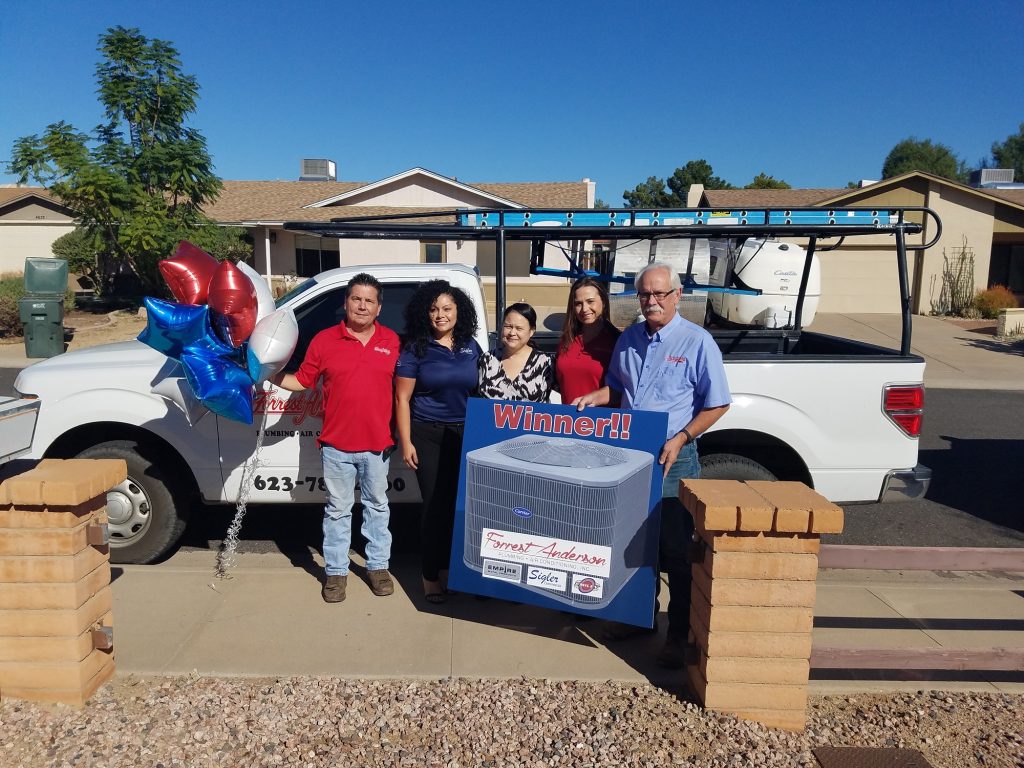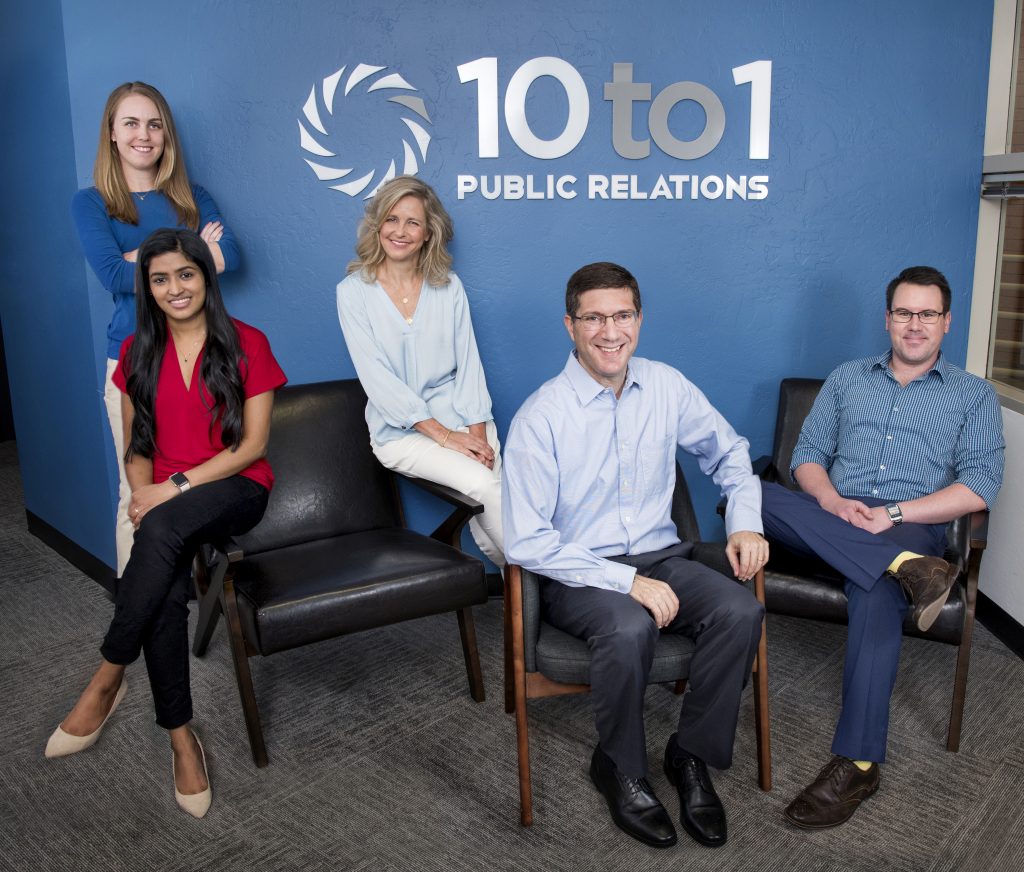Why More PR Efforts Should be Coordinated Around Veterans Day
My PR team is always looking for opportunities to draw some media attention to our clients for doing something positive. As part of this effort, we often coordinate media efforts around various holidays and shared cultural events. Out of all the dates on the calendar, I never expected Veterans Day to become my favorite. Both because of what it represents, and the media opportunities it has provided our clients.

Veterans Day has long been one of those specialty holidays recognized mostly by those who have a personal connection to the military. It’s not part of a three-day weekend, and people often mix it up with Memorial Day which honors the fallen vs Veterans Day which recognizes the living who have served.
My team took Veterans Day efforts to an entirely new gear this year, and I want to share what we did. Not to brag, but in hopes of sparking your imagination or participation for Veterans Day next year.
The Veterans Day Giveaway Idea
We have several HVAC and plumbing clients. One of those companies was founded by a Veteran after WWII, and the company is now lead by his granddaughter (3rd generation). Five years ago, we launched a now annual Veterans AC Giveaway Contest where the public could nominate a Veteran or their family member in need of a new AC unit or furnace. After verifying nominations and choosing finalists, the public was given the opportunity to vote for the recipient, with the prize awarded on (or around) Veterans Day.
That single contest has expanded. In 2020 we held the contest in five different cities spanning the U.S. from Miami, Florida to Spokane, Washington. Yes, the contest is a nice thing to do and it’s generated publicity and stories in each City we’ve done it. But it’s much more than a contest.
Our goal is to share personal stories of local Veterans and active duty members that most people never hear about. These are the men and women who left their homes, their families, and their friends to dutifully serve our country across the nation and around the world. Their stories are incredible. Like an Arizona man who joined the Army after the attack on 9/11 to protect our nation and came back with a life-changing injury from a rocket propelled grenade. Or the Florida man who joined the Navy at age 17 and got to take a newly commissioned ship through the Panama Canal. Or the woman who was the first female in her family to join, and now copes with the debilitating effects of PTSD.
In our eyes, they are all heroes. They all deserve notoriety. So we share their stories using videos, blogs, social media, and often the news media will help us reach a wider audience. These stories have helped old friends reconnect providing them with a sense of hope and some comfort during an increasingly stressful time.
It amazes me how grateful these Veterans are to be recognized. I am also impressed by their shared bond. They understand what it’s like to be too far from home, and why it’s so hard to talk about what they experienced. We are saddened by how many suffer from mental trauma and inspired by how many of them volunteer to help other Veterans heal.
The other major effort we launched was the #VetDayPledge.
The idea started in 2018, when one of our large construction related clients was looking for ways to recognize their employees that were Veterans. We suggested that the company gather employees on Veterans Day a job site or in their warehouse and simply invite all the Veterans to the front of the group to lead their co-workers in the Pledge of Allegiance. We used smartphone video to then share it with media and post it on social media. The response from employees who participated was so positive that the construction company expanded it to multiple cities and job sites the following year.
This year, with permission from the client we decided to expand the idea to include any company willing to participate. Our only request was that anyone who participated include the hashtag #VetDayPledge to unify the message and make it easier for others to see and hopefully participate on their own. In addition to sharing the idea with other companies (clients and non-clients), we invited other PR firms to share the idea and created a website www.VetDayPledge.com with free resources and tips for companies to do it on their own.
I’m so proud that during this campaign’s first year going national and mainstream that we had participants from 10 states! While some videos came from our clients, the majority of the participants were not! In addition to several businesses, an elementary school participated, as did a senior living community!
A Wisconsin TV station even did a news story about one of the participants. You can watch the story by clicking here!
We’re excited to grow the #VetDayPledge further next year and believe that without the election (and COVID) related distractions, even more businesses and organizations will participate. This idea has become a passion project. We love that it’s a simple, no cost idea that anyone can do to thank our Veterans and their families.
Ultimately, the most important thing for companies to remember when doing a PR campaign around Veterans Day or Memorial Day is to do it for the right reason. We believe that the VetDayPledge and the Veteran AC Giveaway Contest fit that purpose. Sure, it might generate some positive publicity for our clients, but most importantly, it generates recognition for those who’ve served and sacrificed- the individual veteran, and their families alongside them.
There are lots of great ideas that companies are doing to recognize Veterans. Share them below and help us inspire others!








